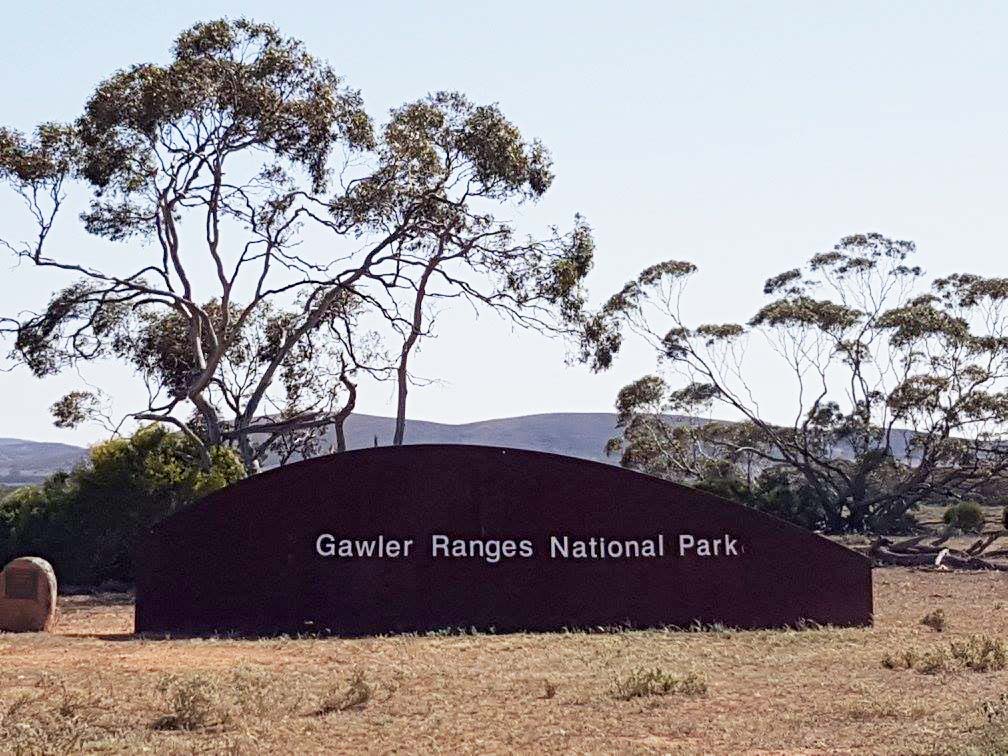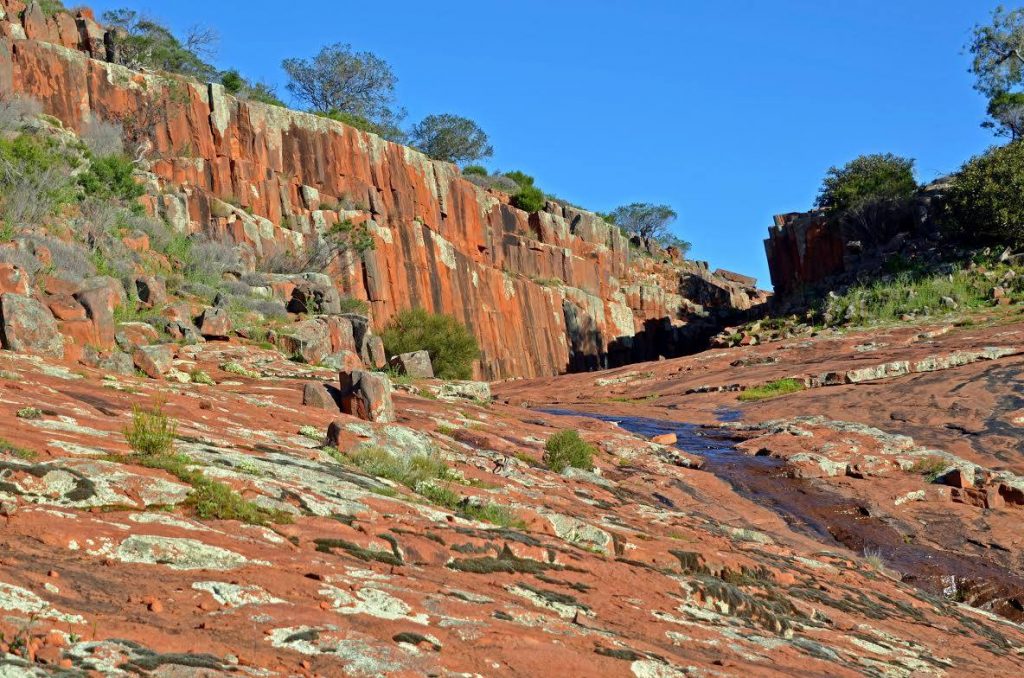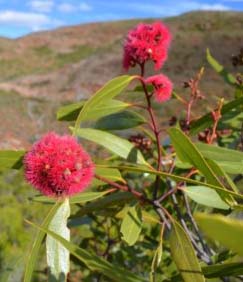The Gawler Ranges National Park is a special place where history, conservation and Aboriginal culture come together. Proclaimed as a national park in 2002, the landscape teems with wildlife and protects rare and threatened plants and animals, including crimson mallee and the yellow-footed rock-wallaby.

The park is famous for the magnificent Organ Pipes, formed over 1500 million years ago as a result of volcanic eruptions. You can find equally stunning rocky outcrops at Yandinga Falls and Kolay Mirica Falls.

In late autumn and winter the park is green and cool, perfect for campfires and bushwalks. After rain, the creeks flow and most pools are alive with aquatic life. From late winter into spring, the park teems with wildflowers in incredible shapes, sizes and colours.
In spring, you can see the brilliant flowers of our local crimson mallee, and the plains are carpeted with native grasses and bluebush. Summer can be very hot, but if you’re prepared to work around the weather you’ll have calm days, extraordinary sunsets, and clear views of the starry nights.

Five things to see in Gawler Ranges National park
- The Organ Pipes – Climb to the top of these ancient rock formations, the result of volcanic eruptions more than 1500 million years ago.
- Kolay Mirica Falls – Visit at sunset to see the stunning orange-red rocks at their glowing best.
- Sturt’s Lake – Dry for most of the year, a heavy downpour can transform Sturt’s Lake from shimmering salt pan to a wide, watery mirror.
- Wildlife – The park is home to a wide range of animals, including Major Mitchell’s cockatoos, ring-neck parrots, yellow-footed rock wallabies, hairy-nosed wombats, goannas, emus and, of course, kangaroos.
- Old Paney Homestead – Visit the old stone homestead that remains as a reminder of the park’s days as a remote pastoral property.

For more information on what to see and do in the Gawler Ranges National Park go to the National Parks of South Australia website.
Click here for a map of the Gawler Ranges National Park.
